When driving down from Guwahati to Goalpara, about 140 km away, the first stop invariably is – at the Tukreswari Temple. Believed to be the place where a tukura (small piece) of Goddess Sati had fallen during Lord Shiva’s tandava following his wife’s death, the holy precinct is today also a favourite abode of the Assamese macaque. An offering here, especially in the morning, can be a grand affair attended by a monkey troop sitting on trees, rocks and temple steps. Of course, the cherry on this cake of experience is the manner in which the macaque monarch ‘leads’ his tribe in partaking the offering.
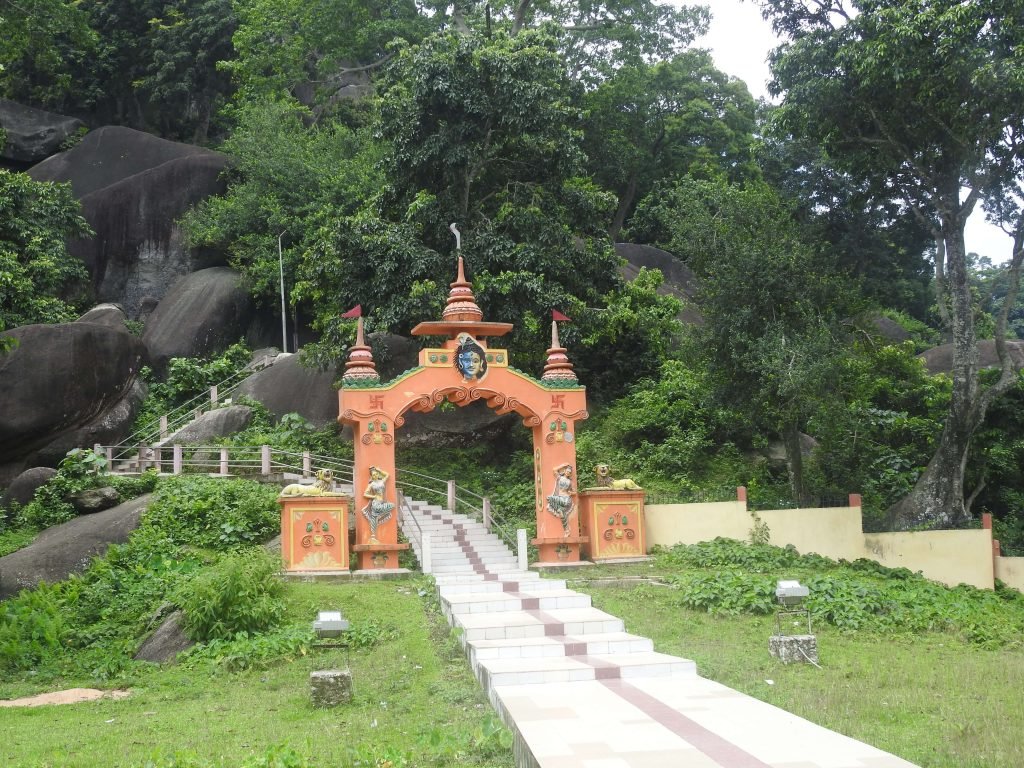
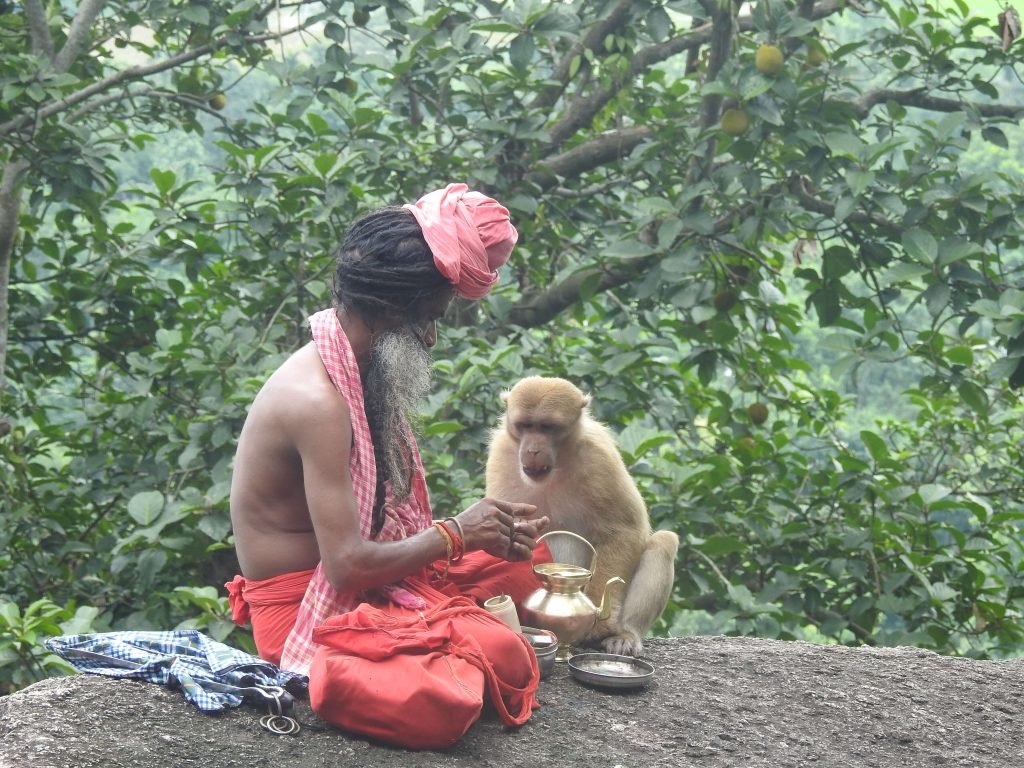
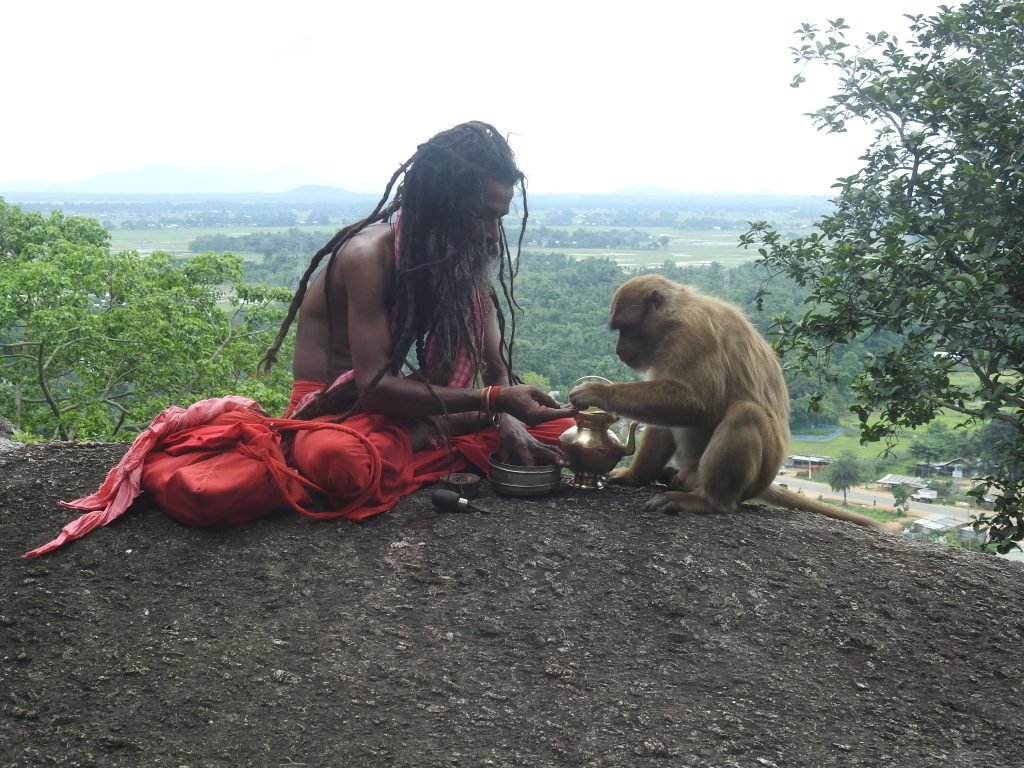
The next obvious stop, is 19 kms from Dudhnoi – at a archaeological site that is better known as Sri Surya Pahar. A kilometre spread of hilly terrain bedecked with rock-cut Shiva lingas, votive stupas, and deities from the Hindu, Buddhist and Jain pantheons, Sri Surya Pahar is a divine confluence of faiths that inspires belief in human harmony.
It is here that Sage Vyasa once engraved 99,999 Shiva lingas, one less thanKashi’s 1,00,000, and the reason it came to be known as ‘Dusri Kashi’. It is also here that one is left spellbound by votive stupas cut out of granite boulders – indicating Buddhism’s early presence in ancient Kamrupa, much before the faith spread to many other parts of the country. Finally, it is in Surya Pahar that once also comes across an idol of Jain Bhagwan Adinath in the Padmasana posture, which was discovered in 1993.
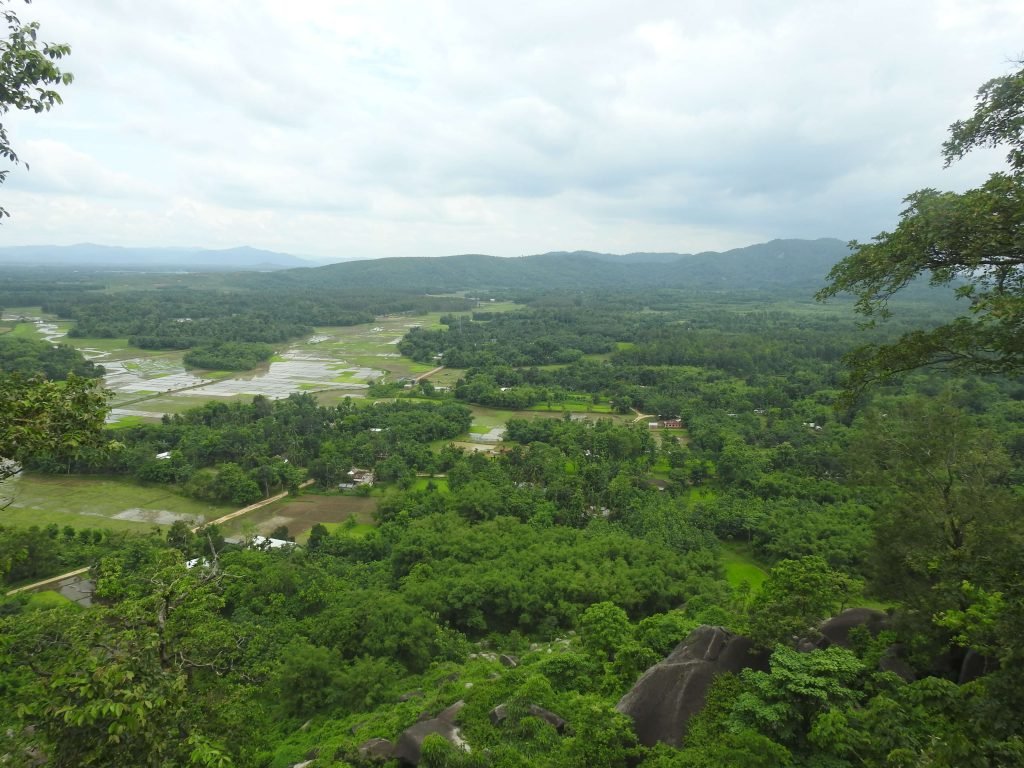
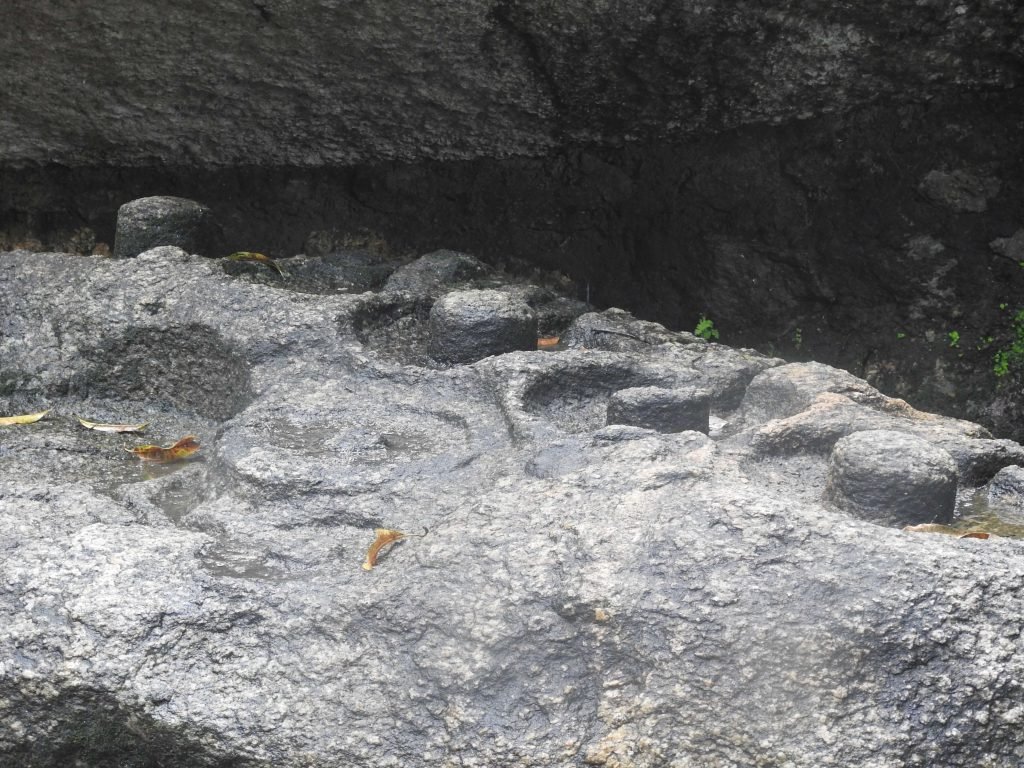

Boasting of a rich heritage, but relatively unknown and un-celebrated, Surya Pahar was in ancient times the capital of a culturally-advanced kingdom – one whose legacy is scattered in sculptures that, even centuries down the line, leave us enthralled and in awe.
